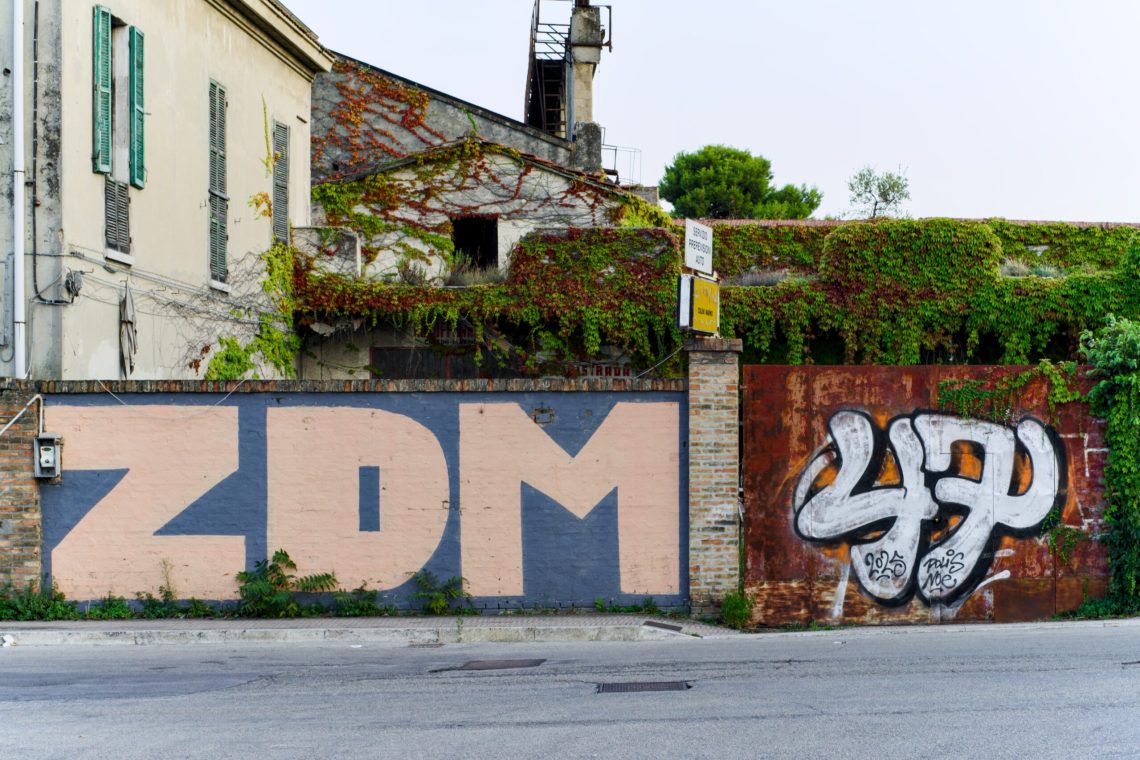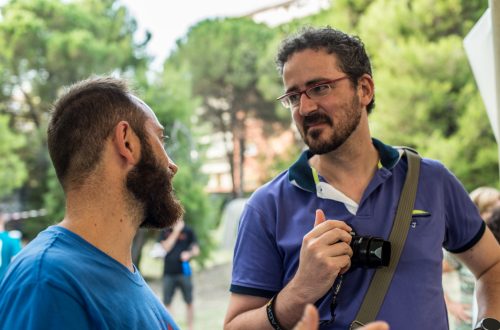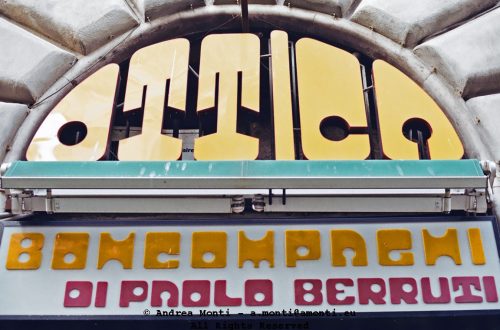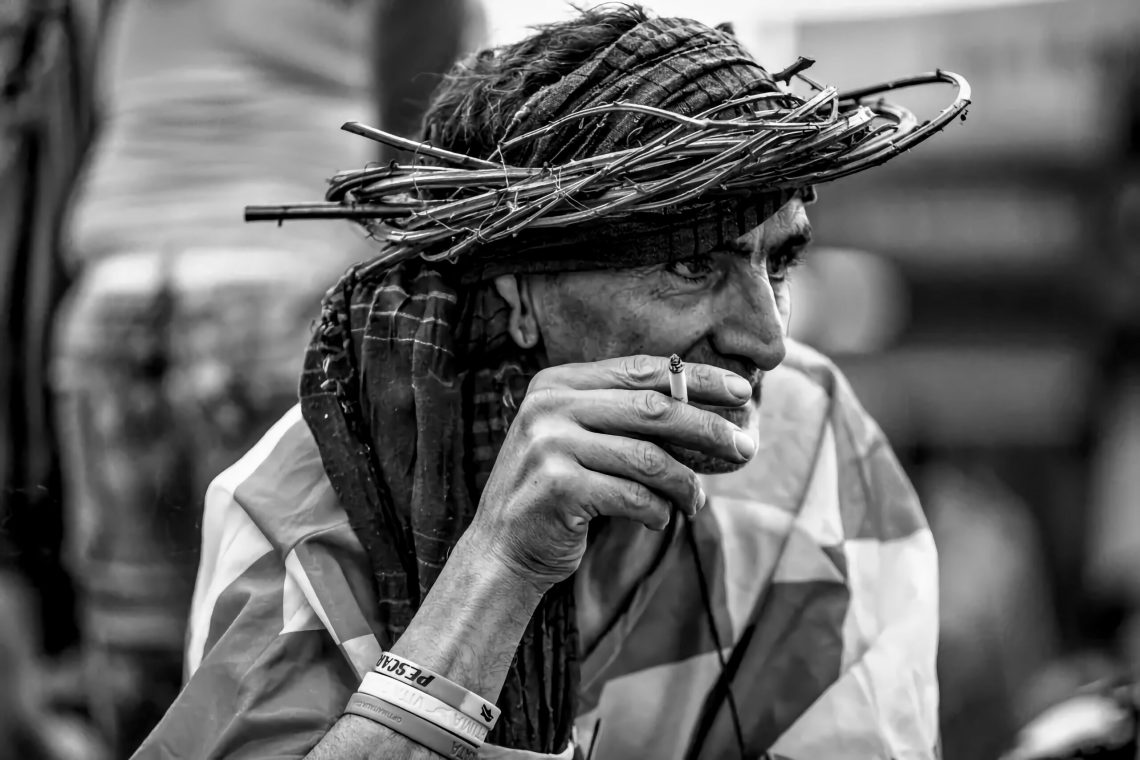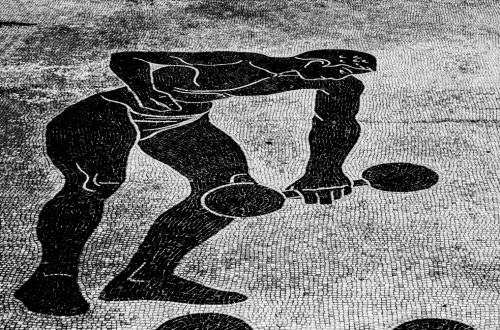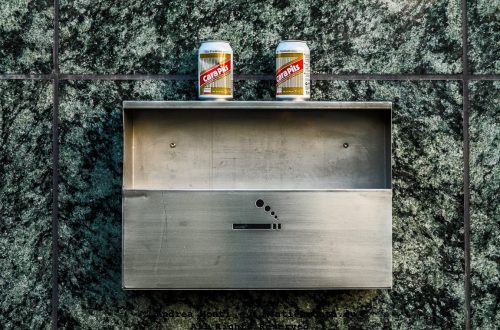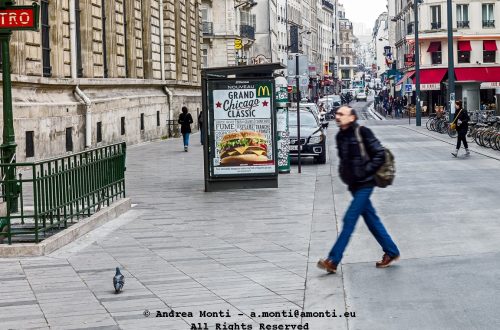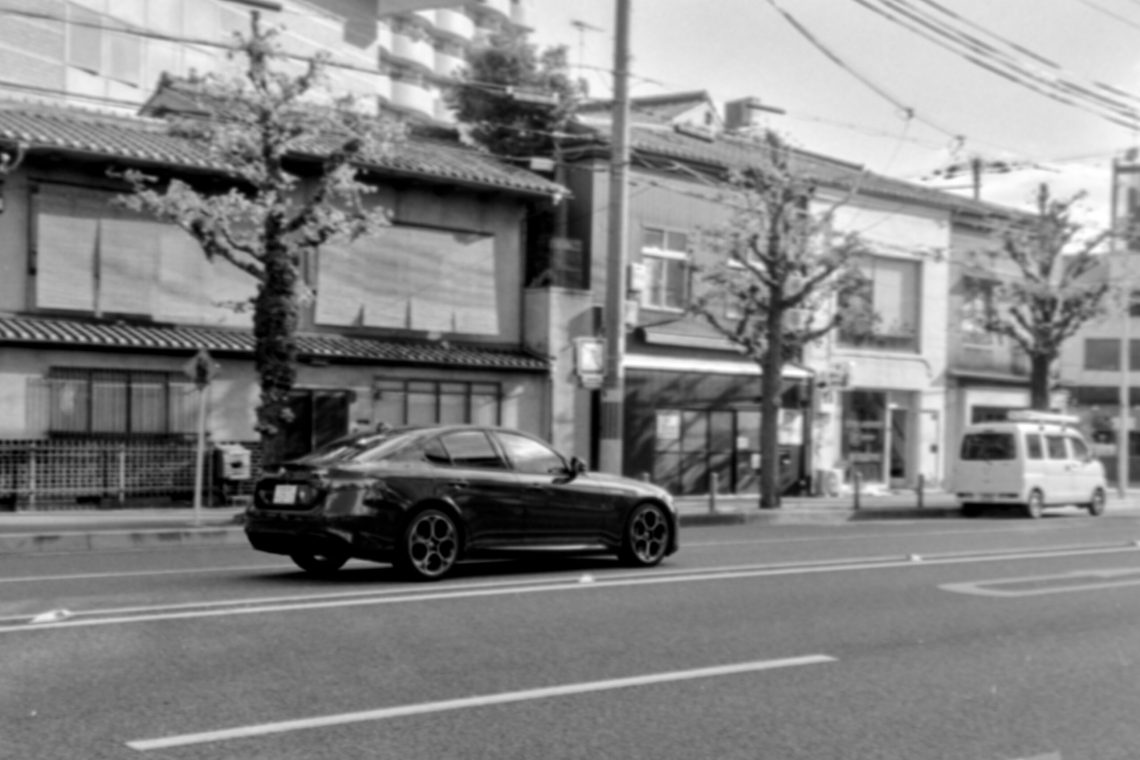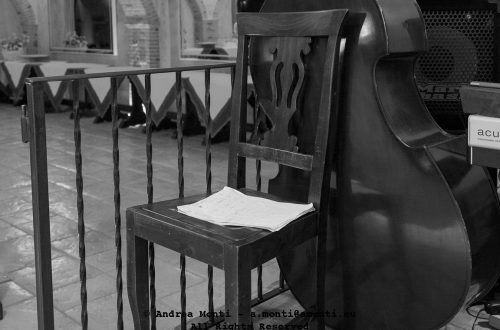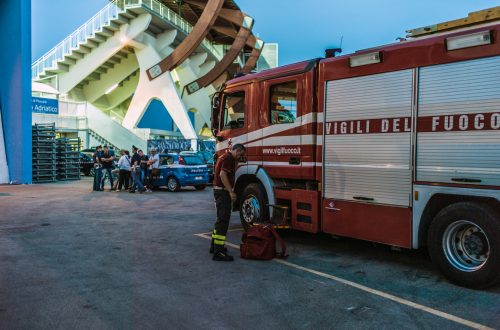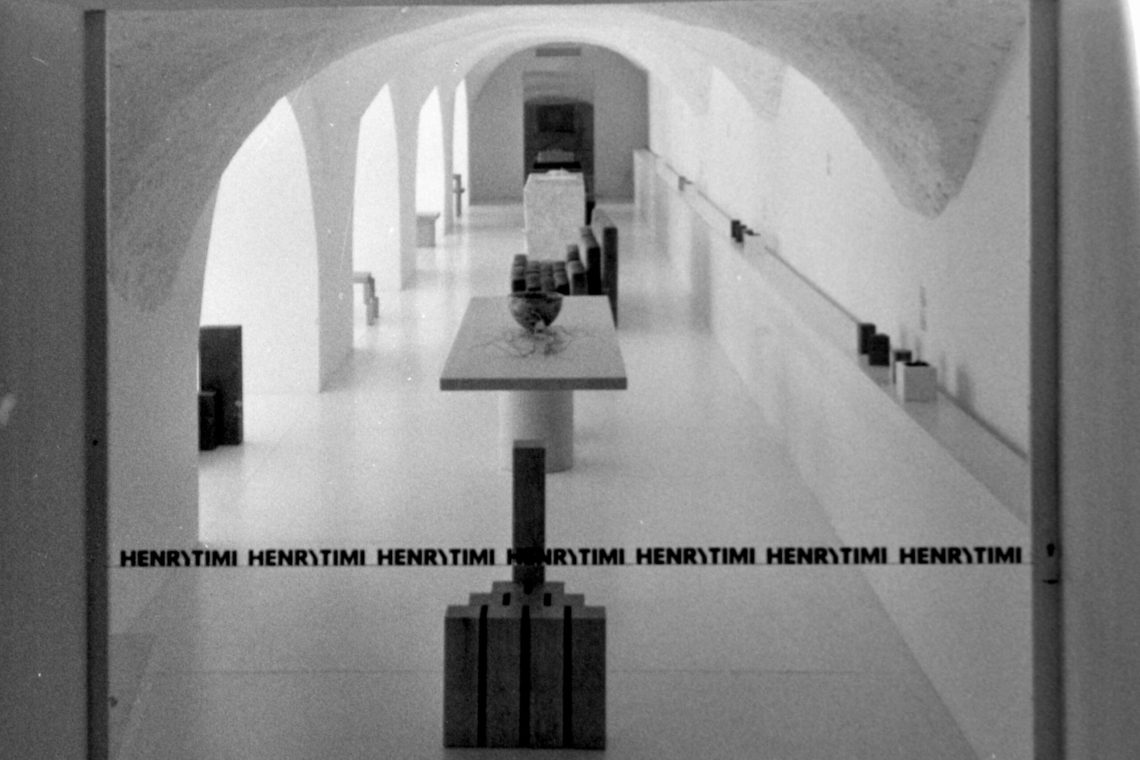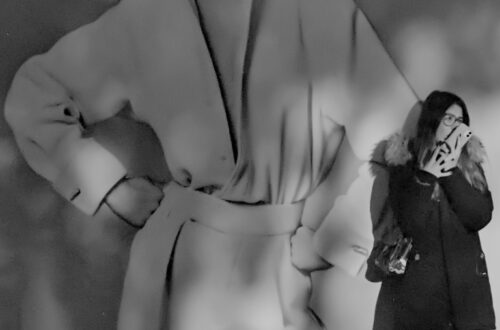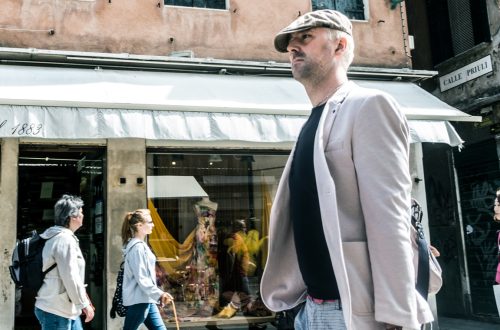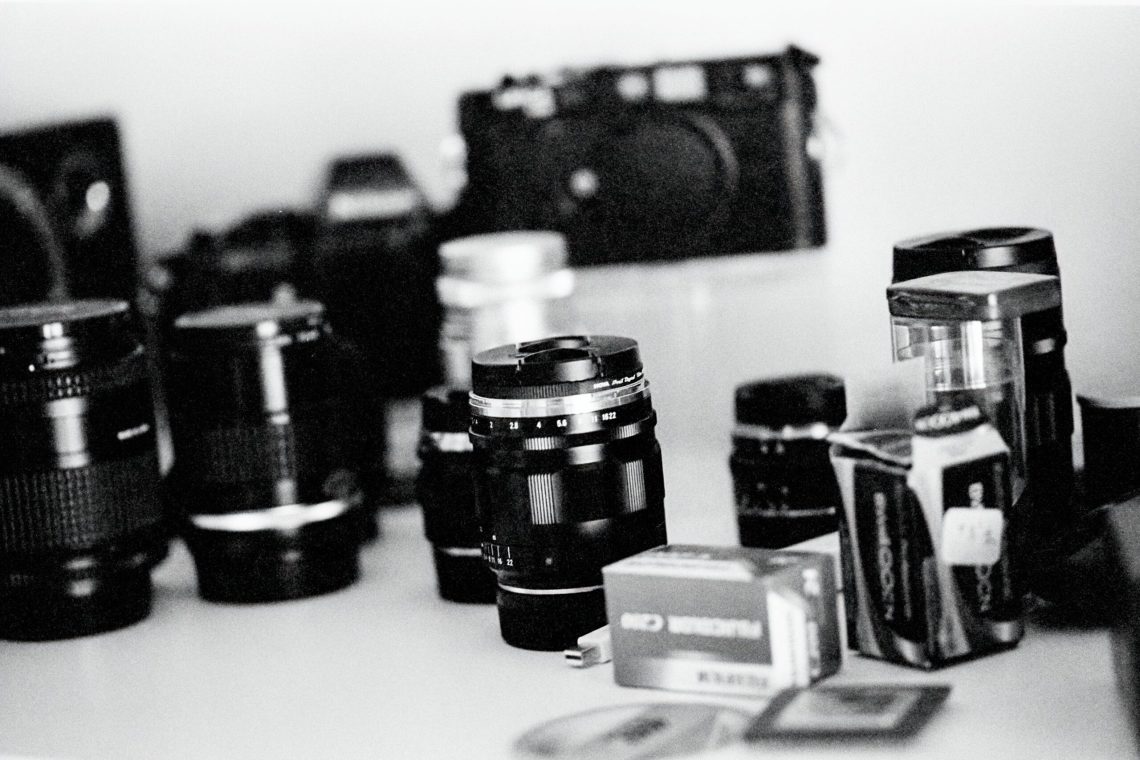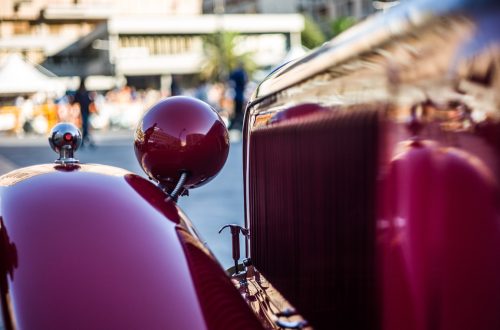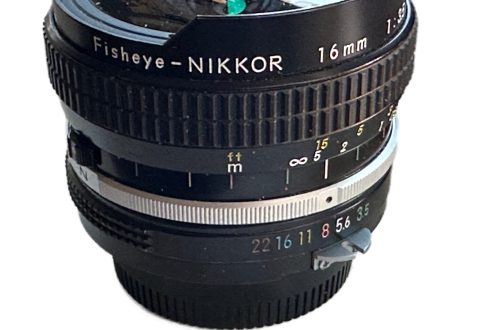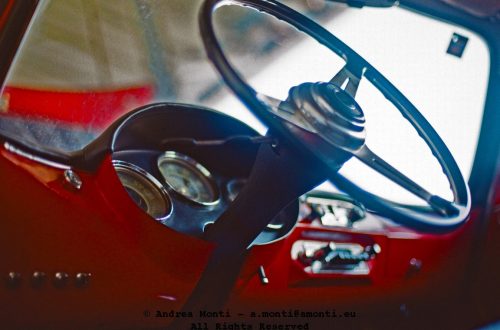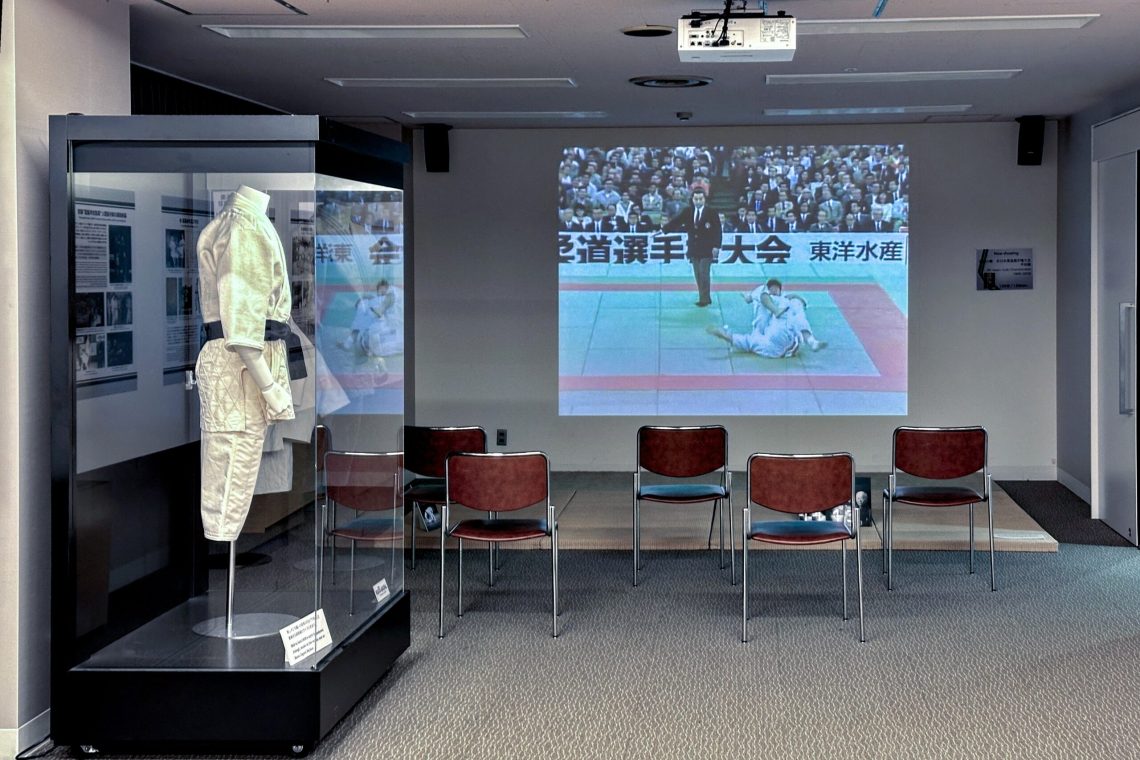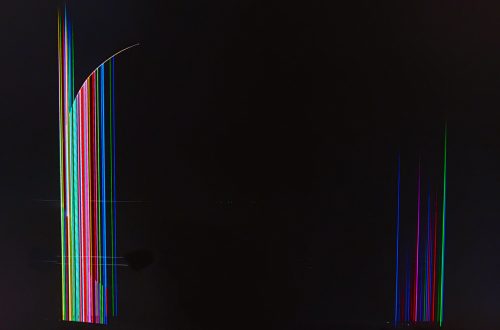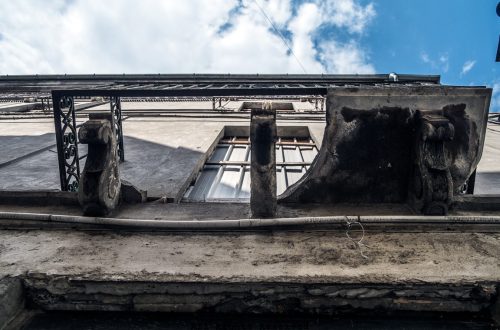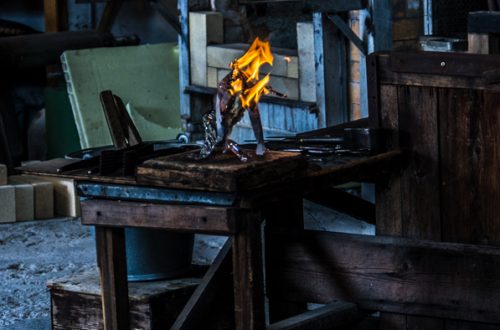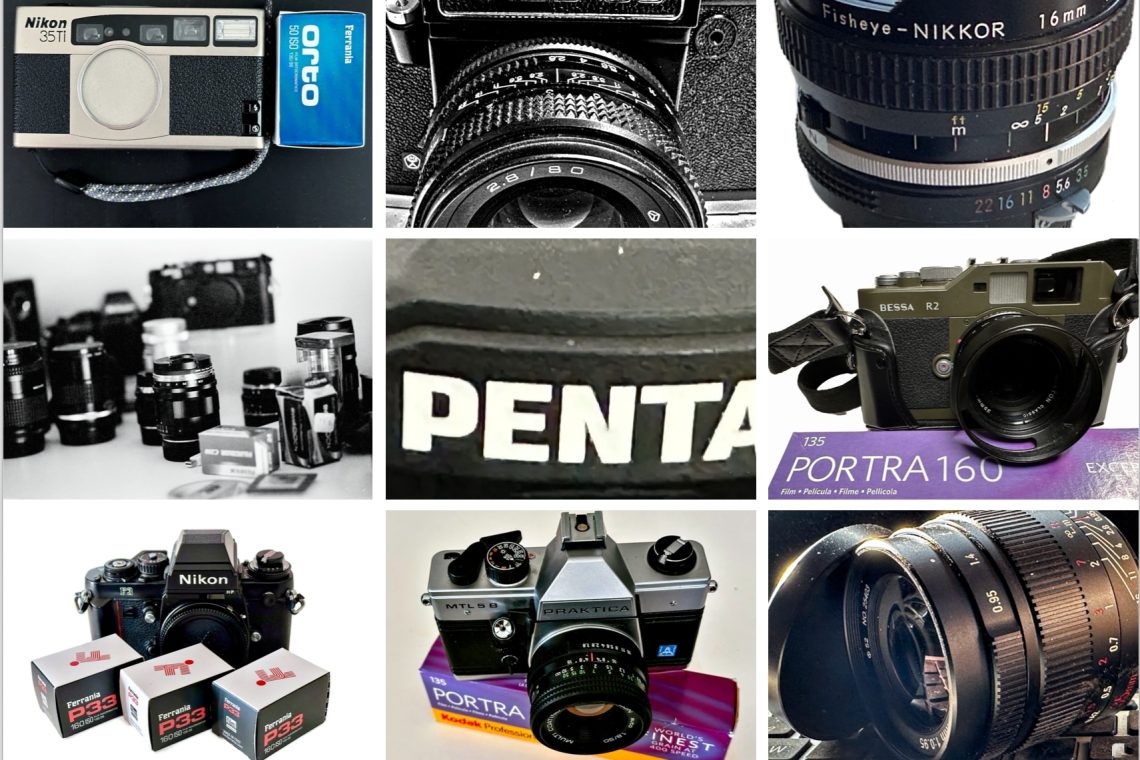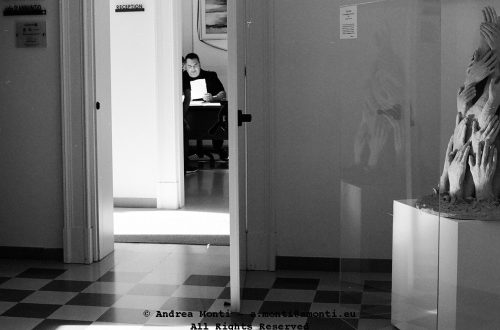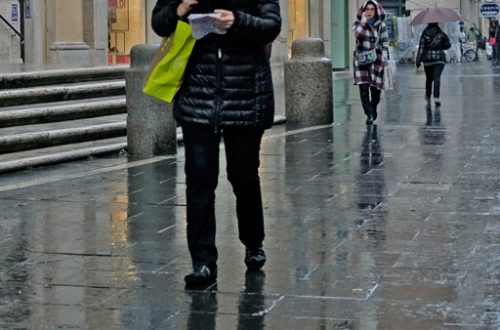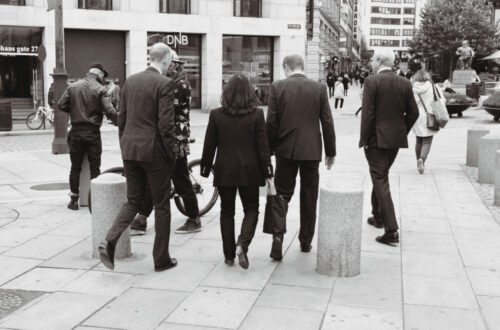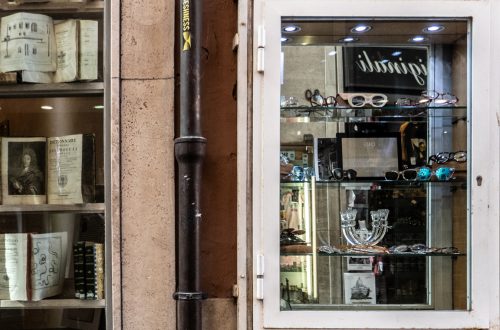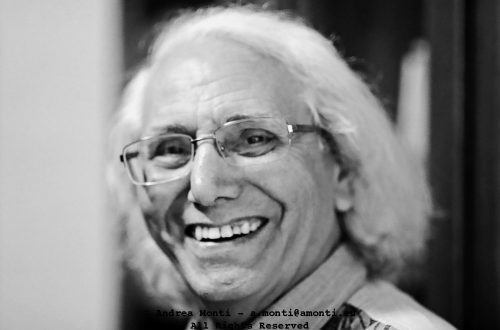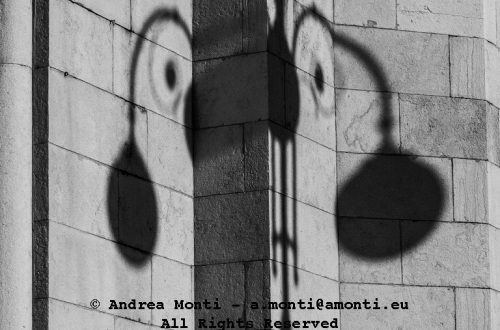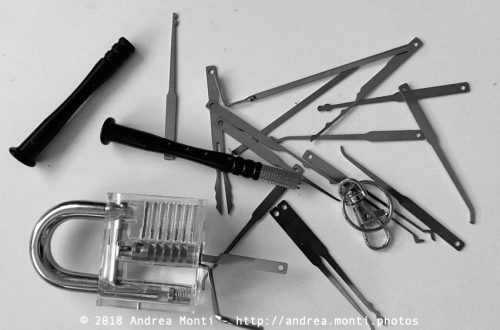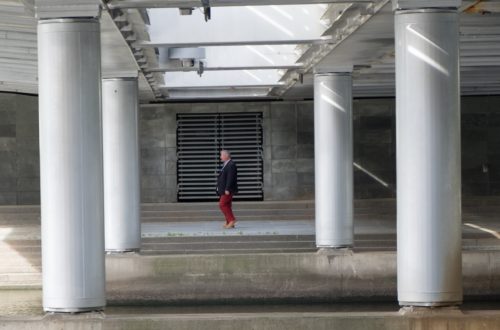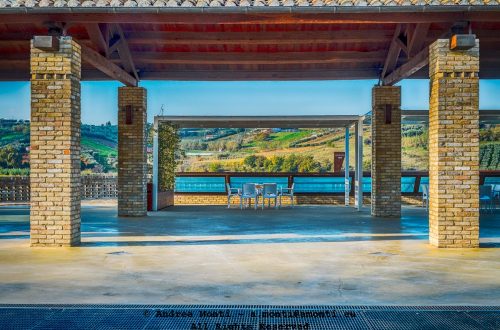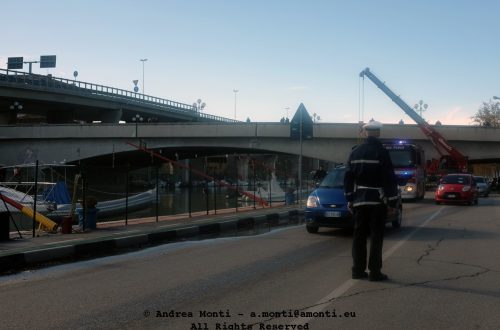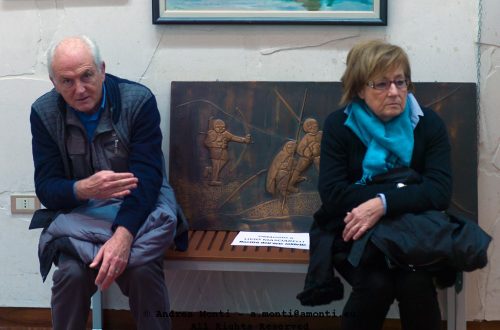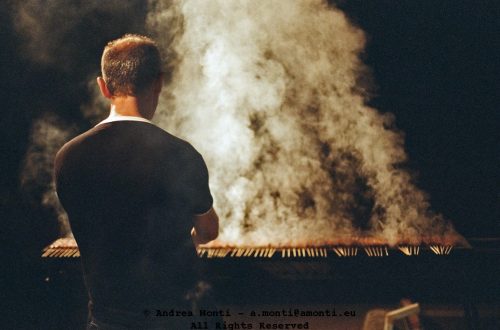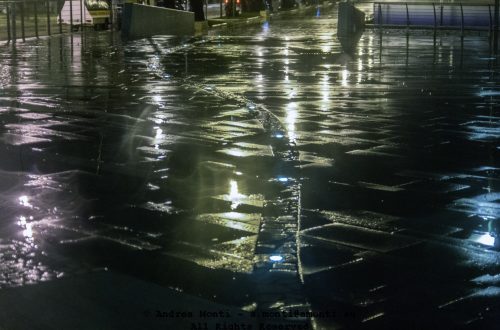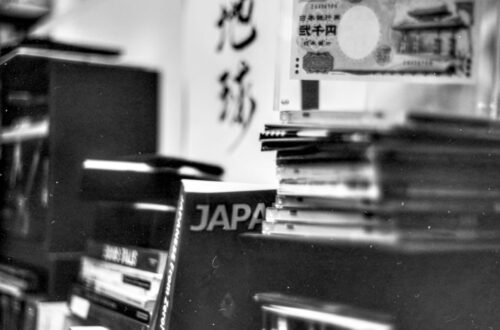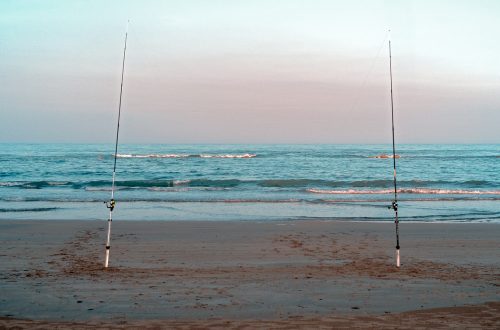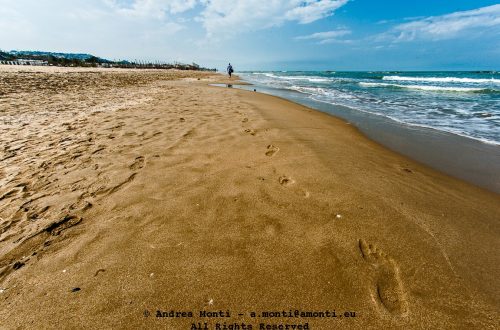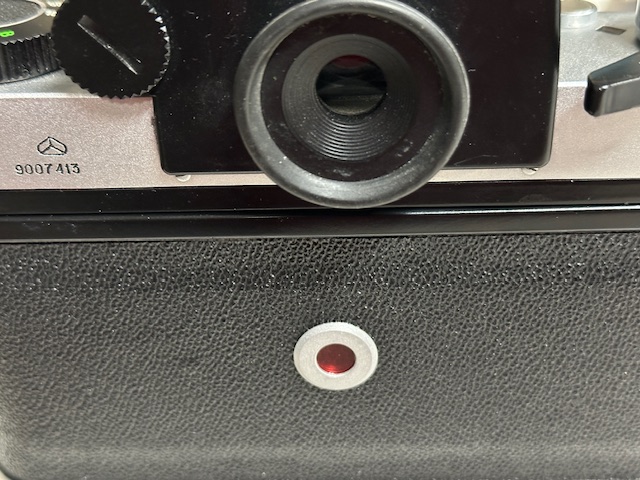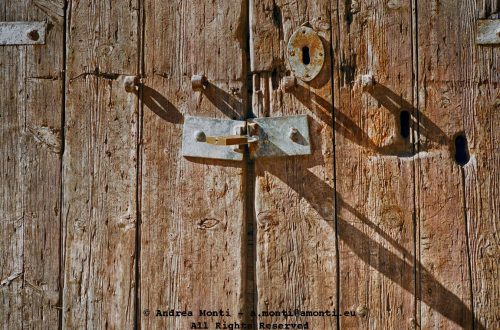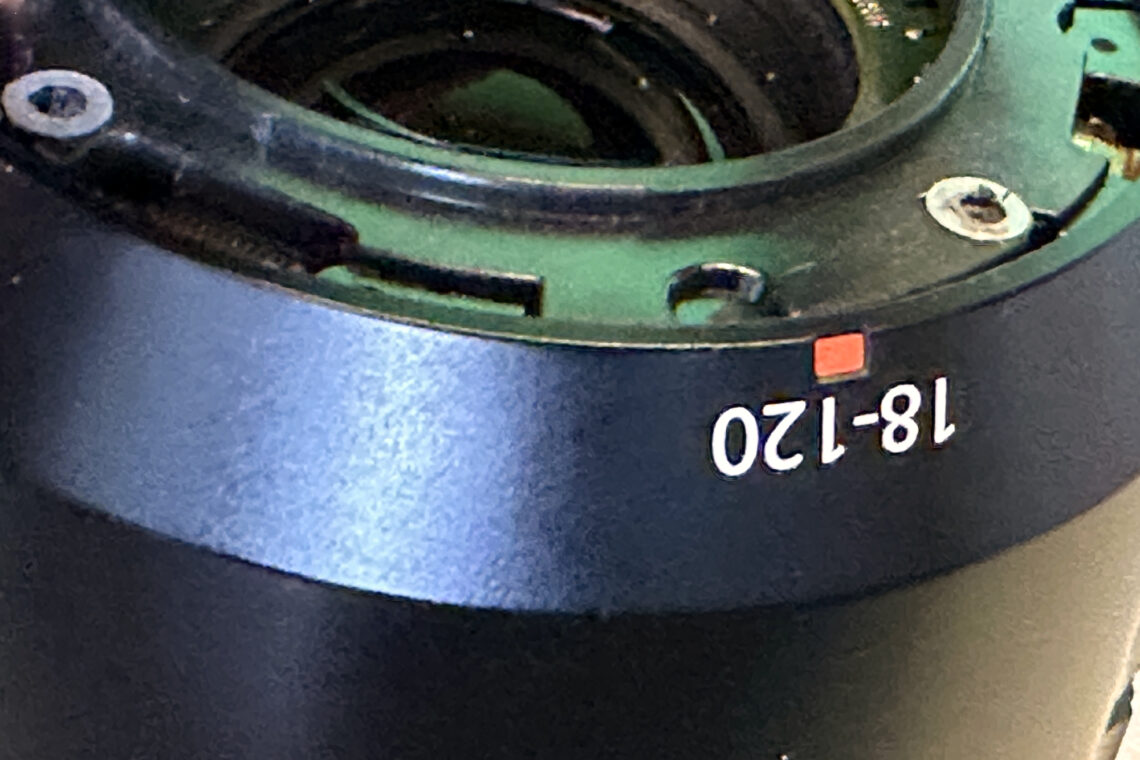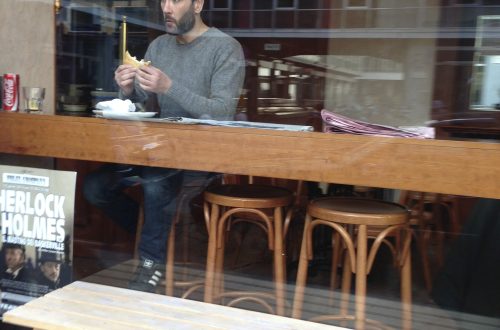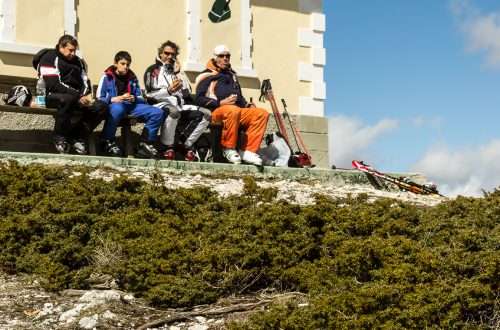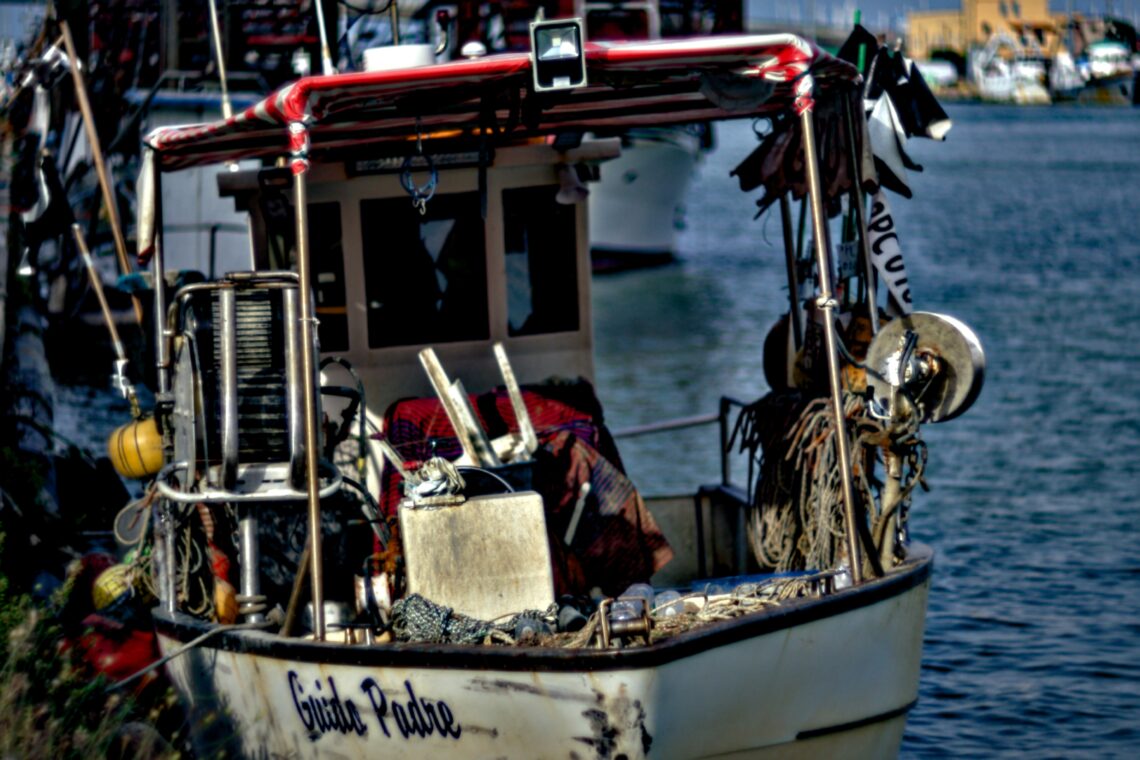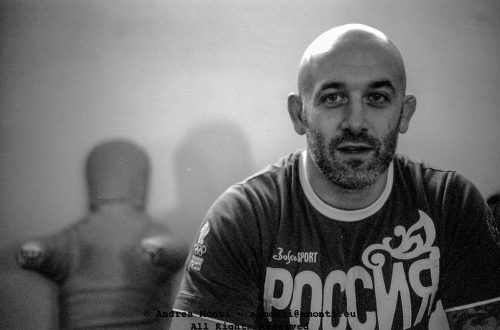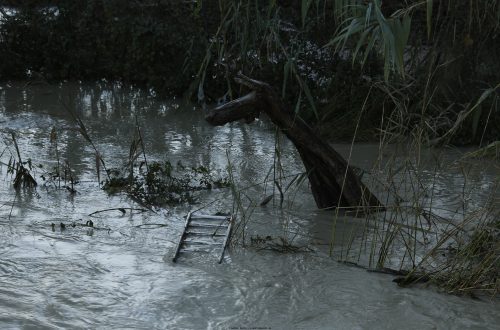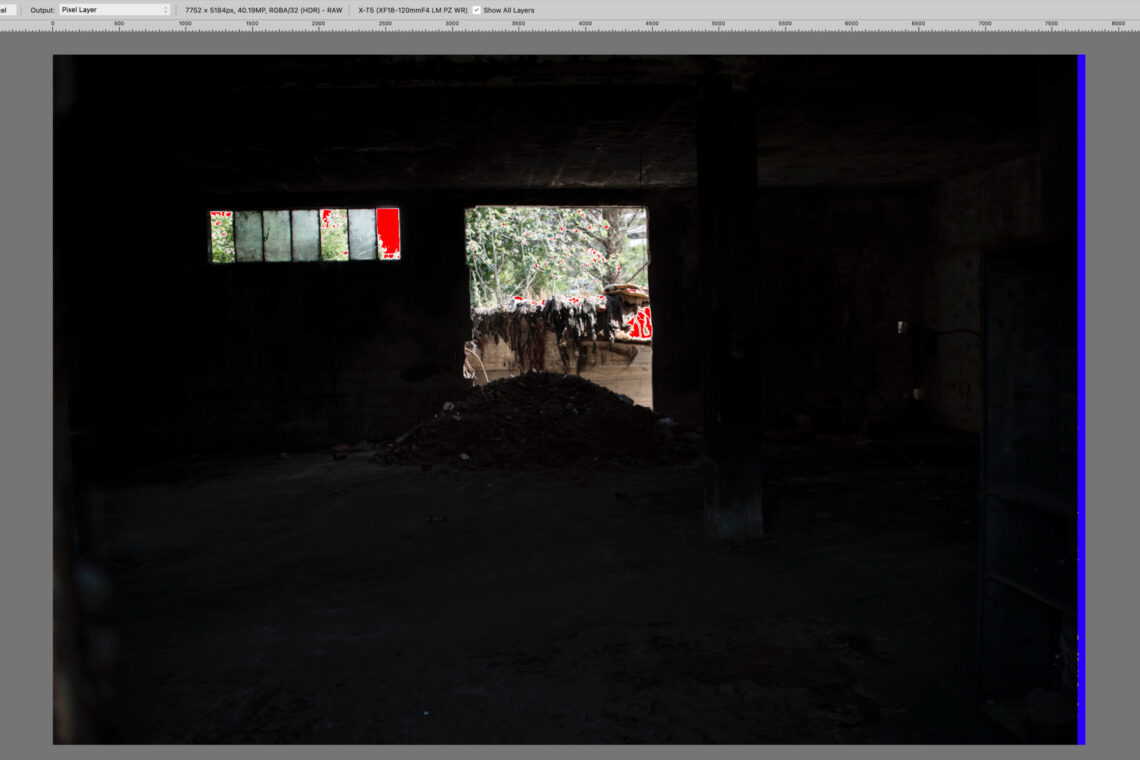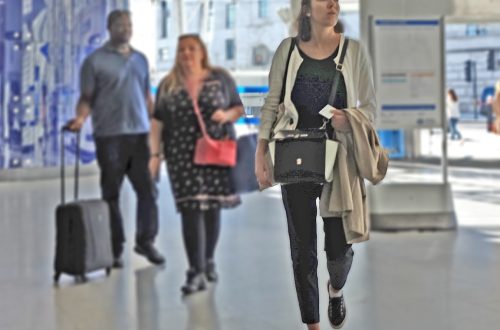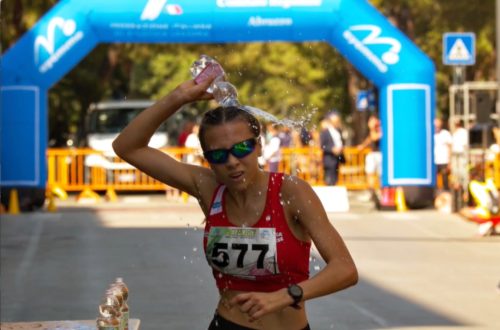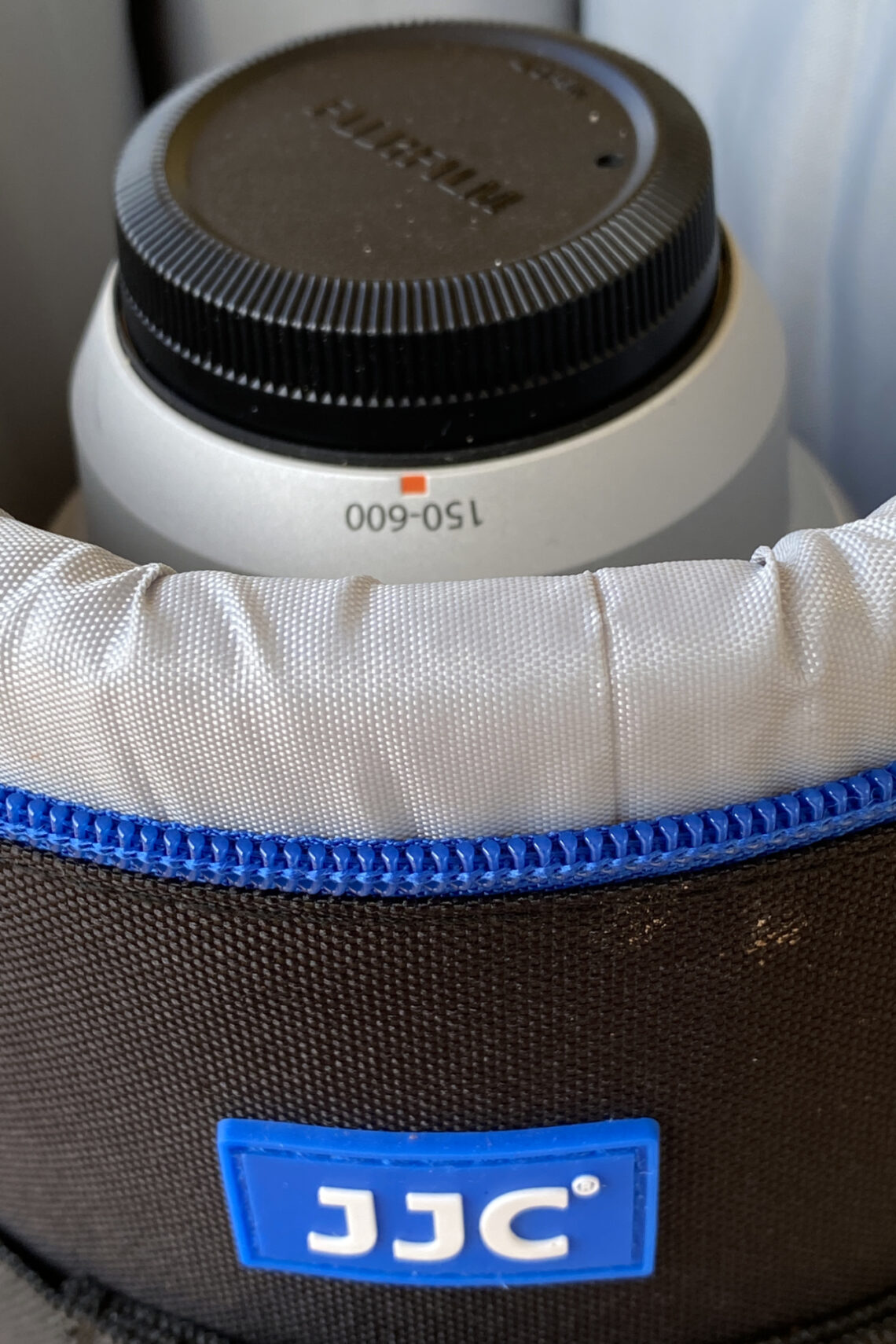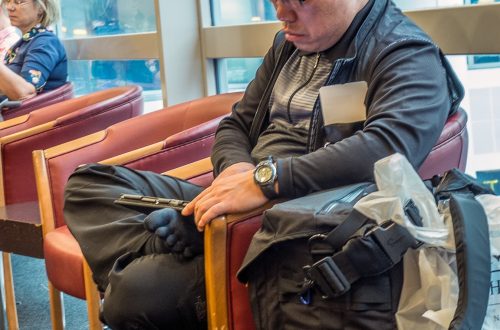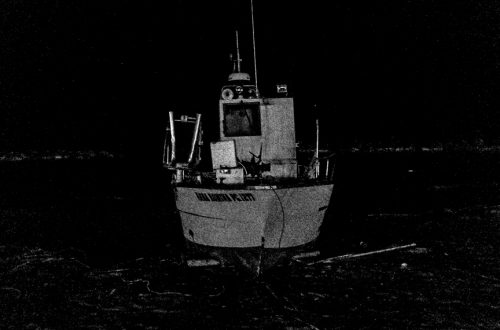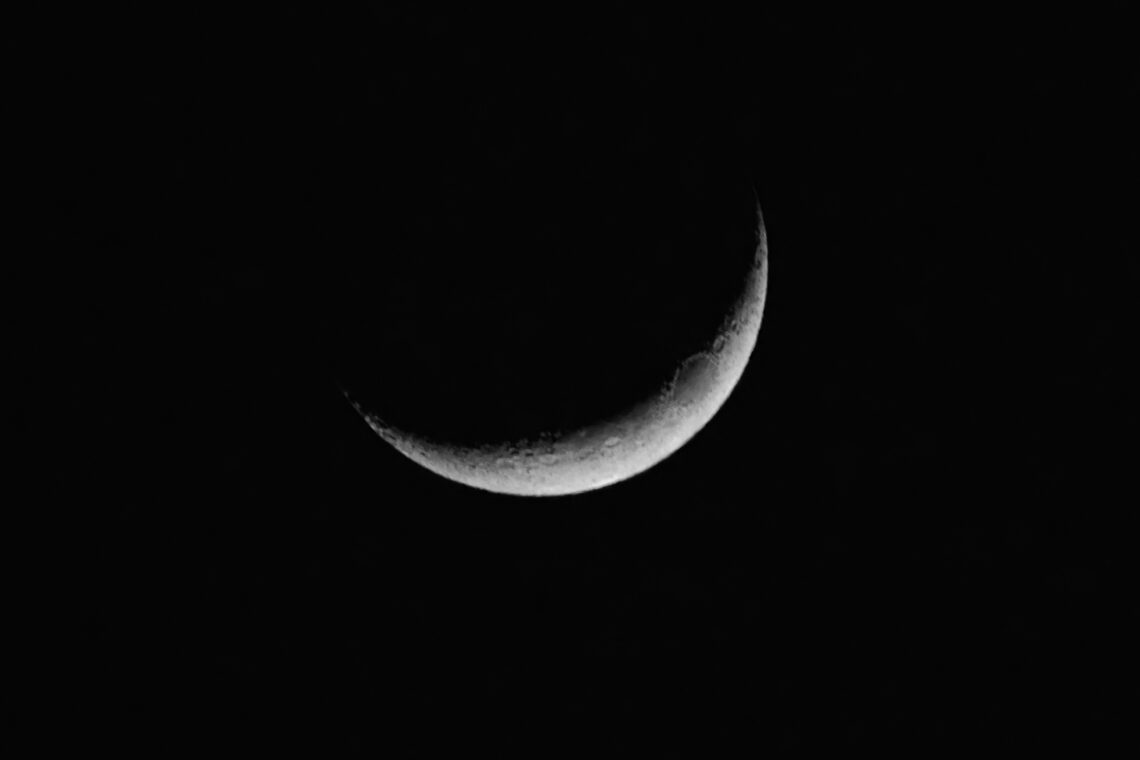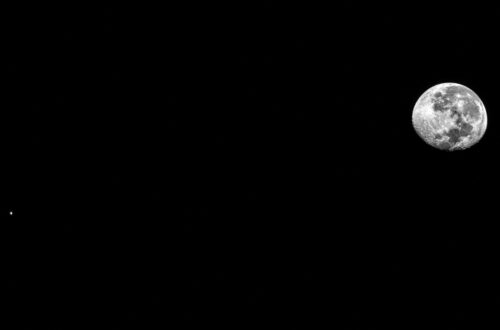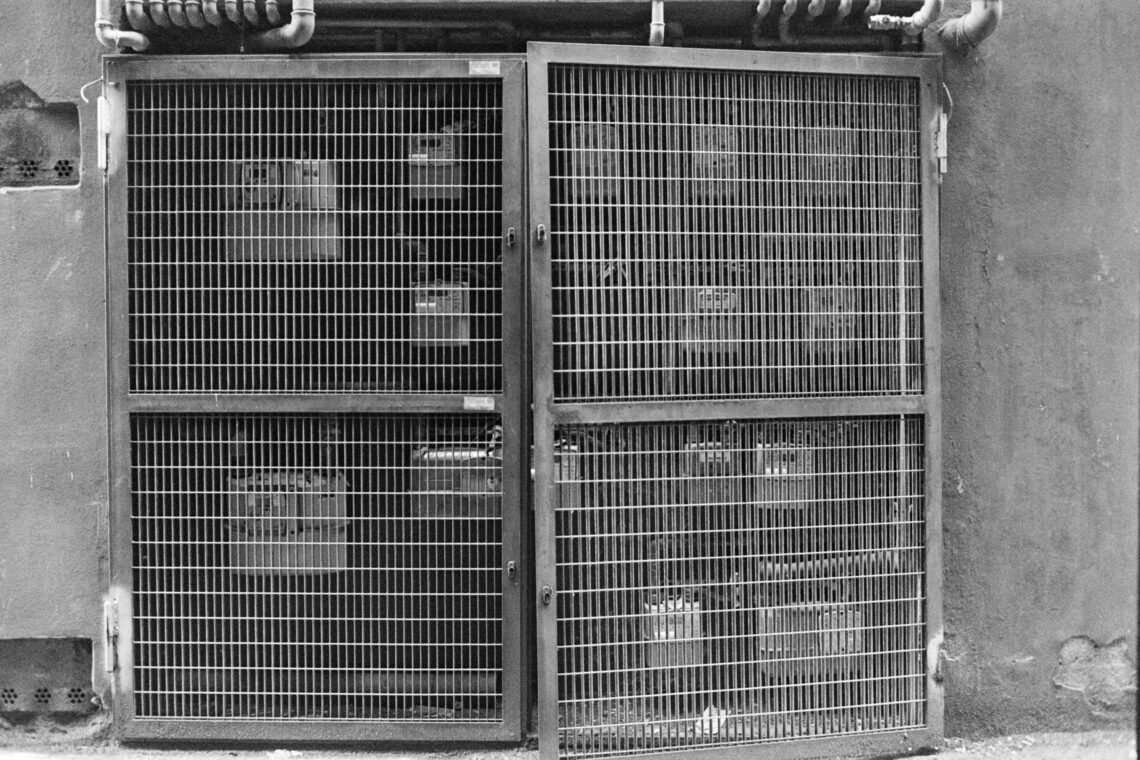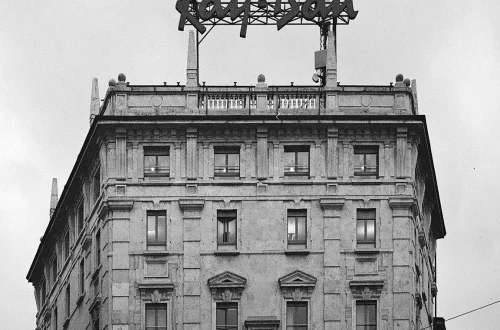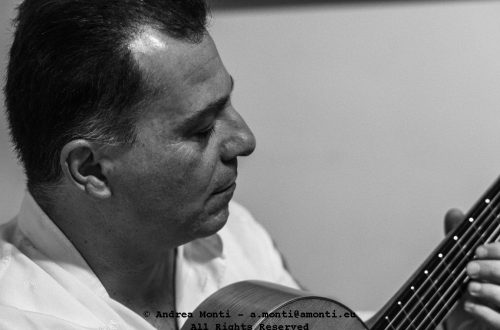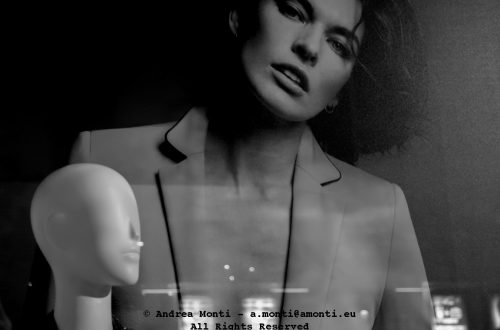-
Zeiss ZK Planar T* 50mm F/1.4 – Test Shots and an Unpleasant Incident
I am a huge fan of Zeiss lenses, and I have made sure to own at least one of them for each camera system I have used over the years. To be honest, my only regret when switching to Pentax and ditching Leica, Nikon and Canon was that Zeiss lenses in K mount weren’t as widely available as they are for other platforms. Sure, eBay has plenty of them, but I didn’t want to risk the consequences of overseas shipping. Eventually, however, I managed to get a Planar T* 50 mm f/1.4, and last night I went out for the first time to try it with a Pentax K-1.
-
Personal Musing On Monochrome Digital Cameras
I was thinking of exploring the world of black-and-white digital photography so I started looking into the available options. Currently, only the Leica Monochrom and the Pentax K-3 III Monochrom are still the only native monochrome digital cameras availble, targeting photographers interested in maximising the potential for ‘true’ black-and-white photography compared to converted colour images. Many experts in the field justify the existence of this particular camera by citing the same manufacturers’ marketing claims, such as better overall image quality and the superior performance of a custom-built sensor. However, I am a photographer, not an electronics engineer or software programmer, so I care more about the final results than the technicalities.…
-
Some odd outcomes from a photo recovering attempt using an AI
I was curious to see how an AI would handle a bad photo, so I uploaded this black-and-white shot taken in the area around Kyoto Station with my Nikon 35TI. Initially published on 35mmc.com. The photo itself —the one published as featured image— it’s part of a long term project to show the presence of Alfa Romeo (a brand I’m a big fan of) in the Japanese streets. It isn’t anything special, but I needed a starting point (the worse, the better) so, after having uploaded this poor shot, I prompted the software like this: As a professional in photo restoration and post production restore this photograph of an Alfa…
-
On Detachment. Or ‘If You Love Something, Set It Free’ (cit. Sting)
A number of philosophies and religions preach the virtue of detachment from things as a path to enlightenment. When applied to gear, this advice won’t only save your soul —if you believe there’s one— but also your money and, last but not least, your photograph experience. This means avoiding the development of ‘feelings’ towards a camera or a lens that shift from appreciating their value as a tool to some sort of ‘personal engagement’. Initially published on 35mmc.com As odd as it sounds, such an attitude towards an inanimate object is more frequent than one may imagine. A paradigmatic case is the attachment of AIBO’s owners to their robotic pets:…
-
Why a Longterm Relationship (with your camera) Makes You Feel Good
There is no ‘forever’ in life (life included), and apart from more mundane matters, this is especially true of photography. In fact, the ‘infidelity rate’ that affects many relationships with cameras and lenses is only tamed by the money it takes to break them (and sometimes even the lack of money does not stop them from happening). But at least when it comes to photography, the tranquillity of a stable relationship has some advantages over the excitement of an ever-changing course. From daily and continuous use comes confidence, and from confidence comes a Zen-like state of mind that makes the body to react automatically when the primal part of the…
-
DSLR-like…?
I decided to write this post after having stumbled across the next ethusiast review of a smartphone published on a reputable magazine, claiming that the device can deliver ‘DSLR-like’ photos. In fact, as is often the case with ‘camera experts’ who work for a magazine or earn money by posting videos making funny faces on social networks, it was just a rewrite of the manufacturer’s product specifications and promotional material. There are few things, in photography, I dislike more than than these ‘DSLR-like’ claims made in the advertising of smartphones and compact cameras because ‘DSLR-like’ is the archetype of a meaningless statement made to lure people into using an arbitrary benchmark…
-
To Do or To Own? (or the Photographer’s Dilemma)
To Own or To Do is the photographer’s version of Erich Fromm’s dilemma posed in his famous essay, ‘To Have or to Be’. I don’t have the authority to talk about a complex topic such as the relationship between individual frustration or lack of accomplishment and compensatory or self-delusional behaviour. I would rather like to focus on how putting gear ownership over gear use affects the ability to take meaningful shots. Initially published on 35mmc.com Like many fellow photographers, I have been affected by the Gear Acquisition Syndrome, which in my case has manifested itself not in a quest for a —whatever it means — ‘perfect image’ but rather a…
-
Mir-20 20mm 3.5 on a Pentax K1-II – A Field Test
Photographing with a 20mm lens is quite demanding on the eye, as the composition has to take into account many more objects than with a normal prime or telephoto lens. As a result, it is very easy to get meaningless ‘postcard-like’ images. Not having used such a lens before, I certainly fall into the latter category, so the following photos (possibly, but only one) only serve to show some of the optical features of the lens – Initially published on 35mmc.com Resolution Despite its age (the lens was marketed between 1973 and 1996), the optical resolution is not bad. In this image, apart from the chromatic aberration, you can clearly…
-
7Artisans 35mm 0.95 – Testing this Fujifilm X Mount Lens in a Demanding Environment
So far I have been very happy with the 7Artisans 35mm 0.95 in X-mount, but I have only tested it in non-demanding conditions. Although the results were promising at first sight, only a real test could give a definitive verdict (at least for me). So I decided to put it on trial last December 13, shooting ‘La Cenerentola’, Gioacchino Rossini’s melodrama at the Teatro Marrucino in Chieti (IT), together with the ‘battle-tested’ Fujifilm XF 18-120. Initially published on 35mmc.com Did it work out? Let me spoil the conclusions: I really like this lens in absolute terms and not because of its value for money. The colour reproduction is excellent, the resolving…
-
A Few Shots with the 7Artisans 35mm f/0.95 in X-Mount
Let’s get straight to the point: here are a few shots taken with a Fuji X-T4 and a 7 Artisans 35mm f/.0.95 (obviously) in X-mount. All photos were taken at the widest (nominal) aperture of the lens, i.e. 0.95. I’m not sure if this is a real value, but it doesn’t matter because comparing the shutter speed with (relatively) slower lenses like the Zeiss Planar 32mm F1.8 shows that the 7 Artisans is proportionally faster, and that’s enough for me. – Initially published by 35mmc.com This is an 8x crop of the featured image. Even wide open the lens was able to make the Ryanair word easily readable and I…
-
A creative approach to zone focusing with superfast manual lenses and mirrorless cameras in street photography
Manual lenses on mirrorless cameras are often a match made in heaven: (once) cheap, high-quality lenses can finally be brought back from the grave and used on modern cameras. However, as with any marriage, there are some rough edges that are difficult to smooth out. In the case of manual lenses, the main problem is the lack of autofocus, which limits the street photographer’s options. Zone focusing is the usual way to overcome this limitation, but this solution has an inherent problem: to get a decent depth of field, you need to shoot at least at F8 or even F11. This means that, in street-photography, it is not possible to…
-
5 frames with a Canon R6 Mk II and its RF 50/1,2 L USM
I was recently given a Canon R6 Mk II and a set of lenses, including the RF 50/1.2, to test them in a specific environment, so to familiarise myself with the kit I spent a few hours wandering around with the most unlikely configuration for street photography: camera, battery grip and a bulky lens: not exactly what you would call ‘discreet’ or ‘unobtrusive’. However, as counterintuitive as it may seem, I had no problem carrying a ‘real’ camera with all the bells and whistles, as they often seem less threatening and creepy to the casual passer-by, the main target of street photography, because people think you’re just working. There would…
-
Nikkor 16mm Fisheye – Three Ways to Make use of Such a Lens
For me, a fisheye is the most challenging lens to use. Unlike other ‘normal’ focal lengths, a fisheye has an inherent deformation of reality. As a result, it is often used to create images with an unreal rendering, reminiscent of M.C. Escher’s self-portrait looking into a transparent globe.However, as happened in music with the advent of digital processors and effects, it is very easy – at least it was for me – to fall into the trap of focusing on the form rather than the message. In other words, as soon as a ‘weird’ looking photo is achieved, that was enough. Just like playing electric guitar back in the days,…
-
The Ferrania Film Series – Episode 1 – Ferrania Orto shot on October/November 2023
This is the first episode in a series documenting the use of Ferrania film in various contexts. Episode 1 features a Ferrania Orto shot with a Nikon 35 TI in Japan, between 25 October and 1 November 2023.
-
Pentax – In Praise of Usability of Cameras and Lenses
The Internet is full of columns and videos about why ‘I left brand X for brand Y’, magnifiying this or that ‘new feature’ that forced a photographer to ditch his previous setup in favour of a brand new one. Sometimes there is a genuine motivation behind such a choice, sometimes – often – it is just a clickbait set up by the need (or hope) to monetise a piece of content published on a social network. This long introduction violates the golden rule of journalistic writing – tell the reader what’s the matter in the first paragraph or so – but it was necessary because this article is exactly that:…
-
A few test shots with an MC Cosinon T200/4
This lens has several shortcomings. It has a pronounced coma and the focus barrel requires a considerable amount of turning to get it right, thus making it challenging to fast focus when you need to. Camera sensor clearly influences colours’ rendition. Despite the ‘personality’ of this lens, the overall picture’s feel is clearly (to me, at least) that of the classic ‘cold’, slightly bluish Pentax (or, should I say, Sony) sensor. At f4 (all the images published here were taken at this aperture), the bokeh is pleasant. Nothing exceptional, but for a lens that sells for around 15 euros, the results are good enough. That said, a core question, asked…
-
The Kiev 60 and a fix for the frame spacing issue
There are several fixes for the Kiev 60‘s frame spacing problem, from taping the film spool to making it thicker to fine-tuning the film transport mechanism. However, while these solutions may work well, they are not guaranteed to work all the time.Master Adriano Lolli found the Columbus egg in one of his masterstrokes: he drilled a hole in the back of the camera in the exact position where the frame number appears and applied a red filter, just in case. In this way, after the first full exposure, the shutter could be cocked in tiny increments until the film number appeared in the hole. The only drawback of this solutions…
-
Fujifilm XF 18-120 just snapped in two
Everything breaks down eventually, but there are different kinds of breakdowns and different kinds of reasons for them.On the one hand, you cannot expect a product to be indestructible and you must take proper care to maintain its efficiency. As I said, it will break eventually, but probably not in an unexpected way.On the other hand, when you buy a ‘professional’ or simply an expensive product, you expect the overall quality of the build to match the price.Enter the Fuji XF 18-120. It costs around 900 Euros. Not a steep price compared to Leica, Zeiss or even Canon lenses, and far more expensive than Chinese brands such as Viltrox (which…
-
Helios 40-2 85/1,5 and Fuji X-T5: a sample
Shooting with the Helios 40-2 is always a slightly unpredictable experience, and that’s part of the charm. Mounted on the Fuji X-T5, the combination produces a character you simply don’t get from clinically perfect modern glass — here, the swirly background bokeh and slightly dreamlike rendering are as much a statement as the subject itself. This fishing boat sat in just the right light to make the most of the lens’ quirks. The midday sun was still high, harsh enough to create deep shadows but angled enough to give the hull and rigging a degree of texture. The exposure leaned toward protecting highlights on the water and white paint, which…
-
FUJIFILM X-T5 RAF have problems with Affinity Photo 2.1
As this video shows, when opened in Affinity Photo 2.1, an RAF generated by a Fujifilm X-T5 shows a vertical stripe and a slightly higher resolution. The problem does not occur if the file is pre-processed with Iridient Transformer and converted to DNG, or if the file is processed with Pixelmator Pro 3, Lightroom Classic or the latest version of Capture One.
-
A pouch for the Fuji XF 150-600
The JJC Deluxe Lens Pouch model 811 fits perfectly with the Fuji XF 150-600 with the handle mounted and the lens hood reversd. It also leaves some room for filters, SD cards or small accessories.
-
Moonshot with a handheld Fuji XF150-600 and a Fuji X-T3
The moon doesn’t forgive technical sloppiness. Any softness in focus, hint of motion blur, or weakness in exposure shows up instantly. This crescent was taken handheld with the Fuji XF150-600 on an X-T3 — a combination that, on paper, might not seem ideal for lunar work without a tripod. Yet, that challenge was the point. The compression of 600mm brought the surface’s rugged texture into relief, and the X-T3’s sensor resolved the fine gradations between illuminated craters and the shadowed terminator with satisfying clarity. The key here was managing shutter speed — 1/1000s gave me enough to counteract handshake, but I kept the ISO just high enough to hold detail…
-
Powermeters
This photo was taken with an Ilford XP2 Super 400, a Voigtländer Bessa R2 and a Voigtländer 35mm f/1.4 II lens. The film was digitised using a Pentax K-1 and a Pentax FA 100/2.8 Marco mounted on a custom-built rig. The resulting raw was processed in Affinity Photo. In Develop Persona, first the image was turned in black and white, then the master curve was intverted and finally exposure, contrast and other parameters were tweaked.
-
A sample of the Carl Zeiss Jena 135/F4 Sonnar and a Fuji X-T3
This photo was taken with an old Carl Zeiss Jena 135/4 Sonnar whose Contax RF mount was replaced by a Fuji X mount by Master Adriano Lolli.
